
What Does The Half Moon at The Base of The Nails Mean
The lunula—derived from the Latin word for “little moon”—is the whitish half-moon shape found at the bottom of the nail, just above the cuticle. It’s not decorative; it’s the visible part of the nail matrix, which produces the keratin that makes up the nail plate. Its pale appearance occurs because this section lacks the rich network of blood vessels that color the rest of the nail bed pink.
For some people, the lunula is strikingly visible, especially on the thumbs, while for others, it appears faint or even absent. Age, skin tone, lighting conditions, and genetics all play a role in how noticeable it is. Children and older adults may see it fade naturally over time, and in many cases, that’s entirely normal.
So if your lunula looks small—or even invisible—there’s usually no need for alarm. What matters most is whether it changes in size, shape, or color over time.
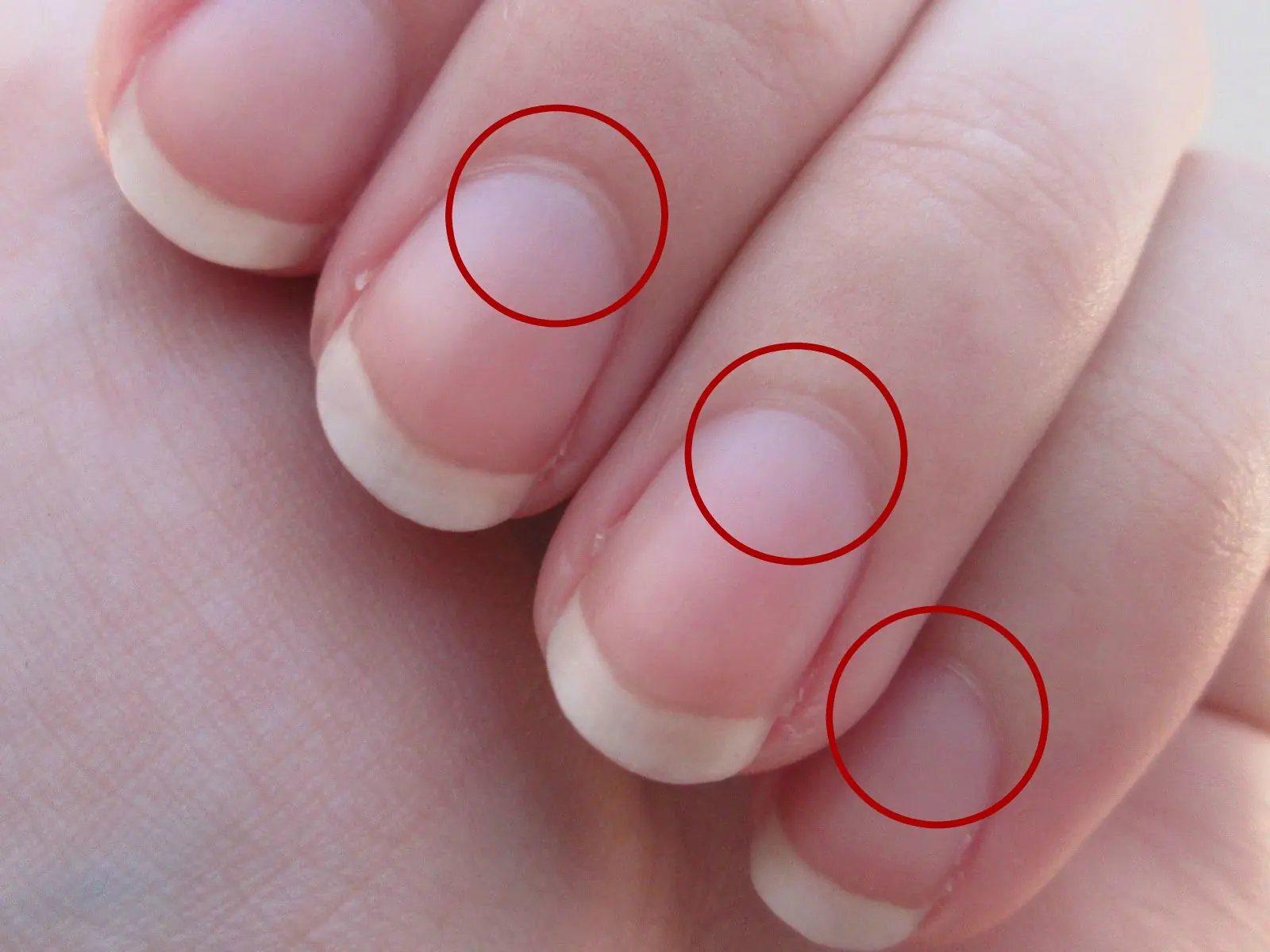
When Lunula Changes Might Matter
While variations in the lunula are often harmless, medical professionals highlight that sudden or consistent changes can sometimes signal health imbalances. The key is not to panic at one nail’s appearance but to watch for trends across multiple fingers and persistent alterations.
Enlarged Lunulae
If your lunula expands dramatically, covering more than one-third of the nail, it could be associated with conditions such as:
- Hyperthyroidism (an overactive thyroid gland)
- High blood pressure
- Cardiovascular strain or stress
Importantly, enlargement should be observed across several nails and over time before raising concern.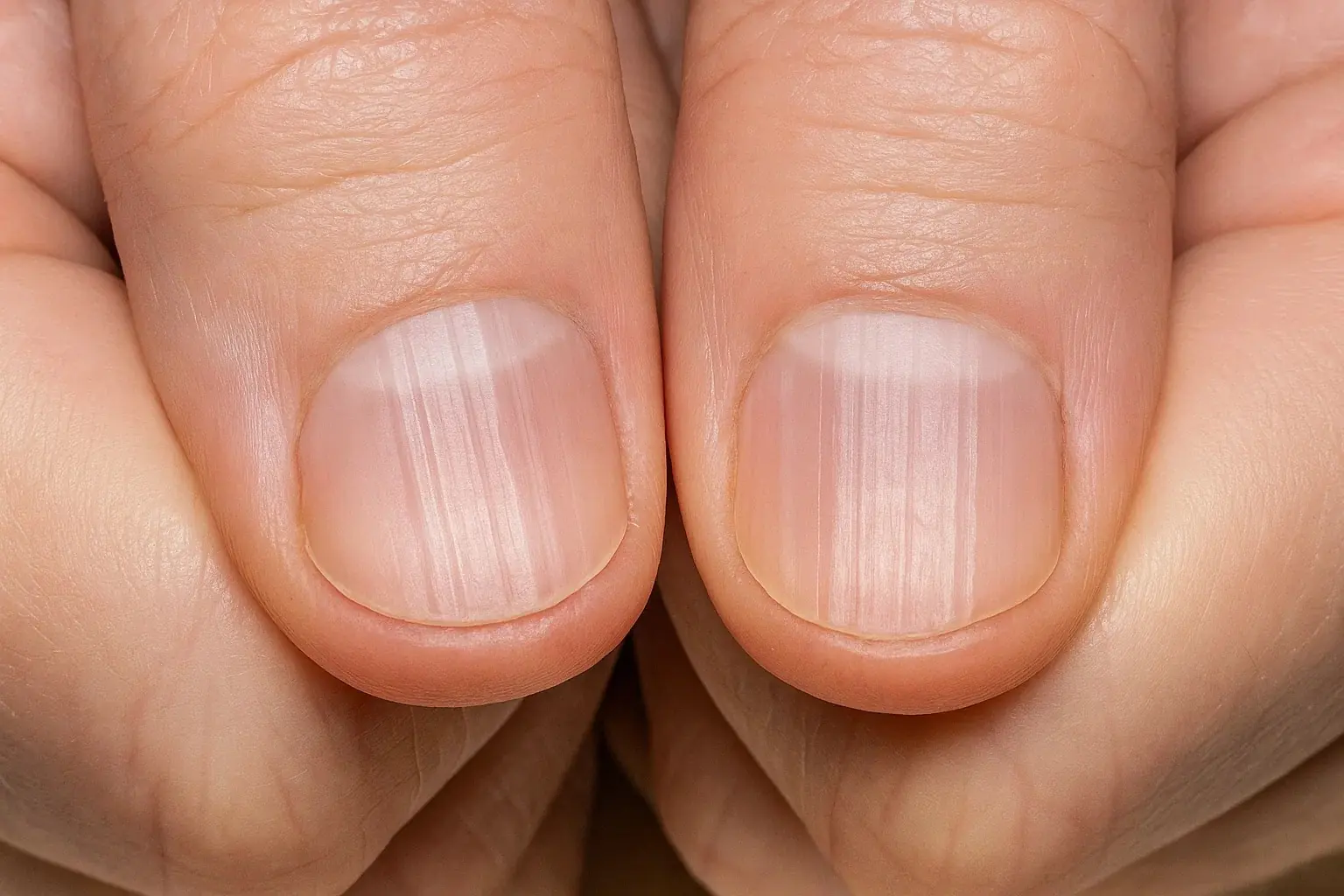
Disappearing Lunula
In some cases, a lunula that seems to vanish entirely may point to deficiencies or fatigue, including:
- Chronic tiredness or lack of energy
- Iron deficiency
- Vitamin B12 deficiency
If the disappearance occurs on just one nail, it’s usually not meaningful. But if it happens across both hands, especially with other symptoms like pale skin or weakness, a medical check may be worthwhile.
Color Shifts
The color of the lunula can also provide subtle hints. While natural lighting and temperature changes can alter its look, persistent discoloration deserves attention:
- Bluish or purplish lunula may signal poor oxygen circulation.
- Grayish or pale lunula could reflect reduced blood flow or medication side effects.
- Red or blotchy lunula may suggest inflammation, vascular issues, or infection.
A dermatologist’s evaluation is recommended if discoloration continues or spreads.
What Your Nails Reveal About Lifestyle
Like skin and hair, nails reflect more than cosmetic beauty—they mirror internal health. A healthy, clearly visible lunula often correlates with:
- A nutrient-rich diet full of protein, iron, zinc, and B vitamins
- Balanced hormone function
- Manageable stress levels
On the other hand, fading lunulae may result from:
- Restrictive or crash diets
- Poorly balanced vegetarian or vegan eating patterns
- Chronic stress and emotional exhaustion
- Hormonal changes during menopause, postpartum recovery, or medical treatments
In short, your lifestyle choices and stress levels leave subtle fingerprints on your nails.
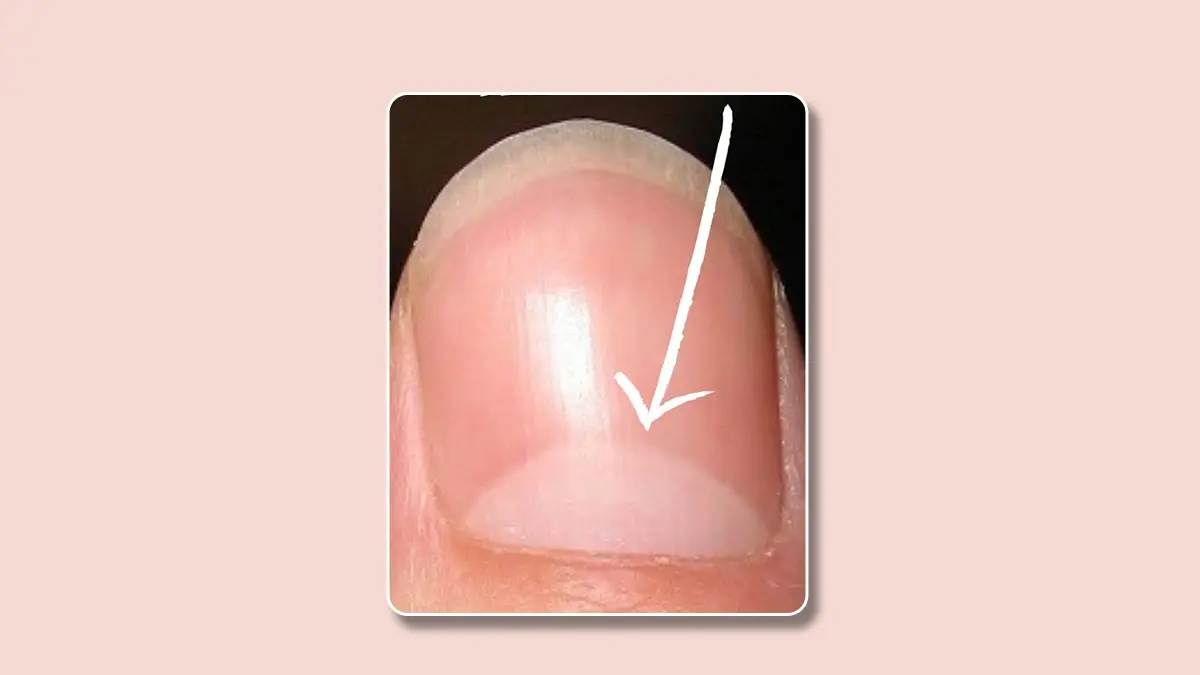
When It’s Time to Seek Professional Advice
While lunula changes rarely indicate emergencies, they can act as early prompts to pay closer attention. You should consider visiting a healthcare provider if the lunula:
- Suddenly changes color
- Disappears across multiple nails
- Becomes deformed, irregular, or unusually large
Especially if these changes occur alongside fatigue, brittle nails, pale skin, or shortness of breath. In many cases, a simple blood test can help identify or rule out issues such as anemia, thyroid imbalance, or early cardiovascular problems.
For individuals already managing conditions like diabetes, thyroid disorders, or heart disease, regular nail checks can be a simple but valuable part of ongoing health monitoring.
The Bottom Line: Small Signs, Big Insights
The lunula doesn’t change overnight—it shifts slowly, reflecting gradual adjustments inside your body. Instead of obsessing over a single observation, track its appearance over several weeks in natural light.
And if you’re ever unsure, consult a dermatologist or healthcare provider for a calm, professional evaluation. After all, the “half moon” at your fingertips is not just a quirk of biology—it may be a subtle but powerful messenger about your inner health.
News in the same category

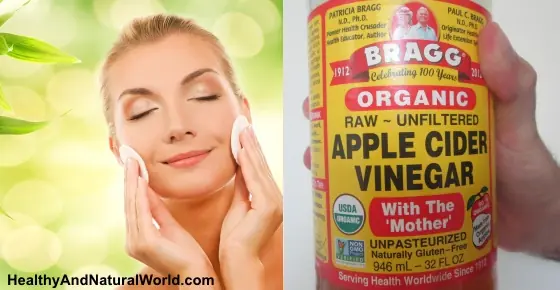
Why You Should Wash Your Face With Apple Cider Vinegar

If Your Feet Swell It Is a Clear Sign
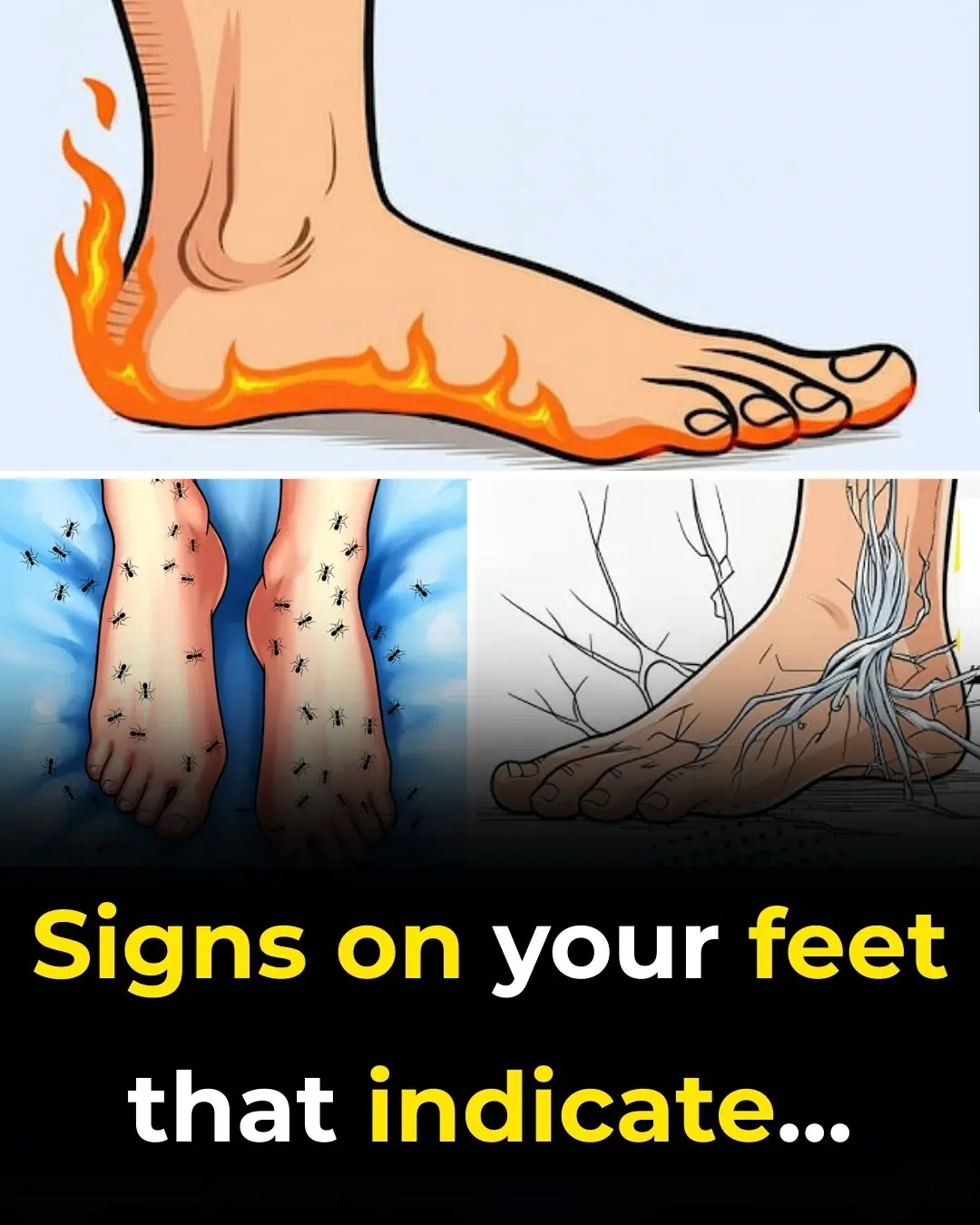
What Your Feet Are Telling You
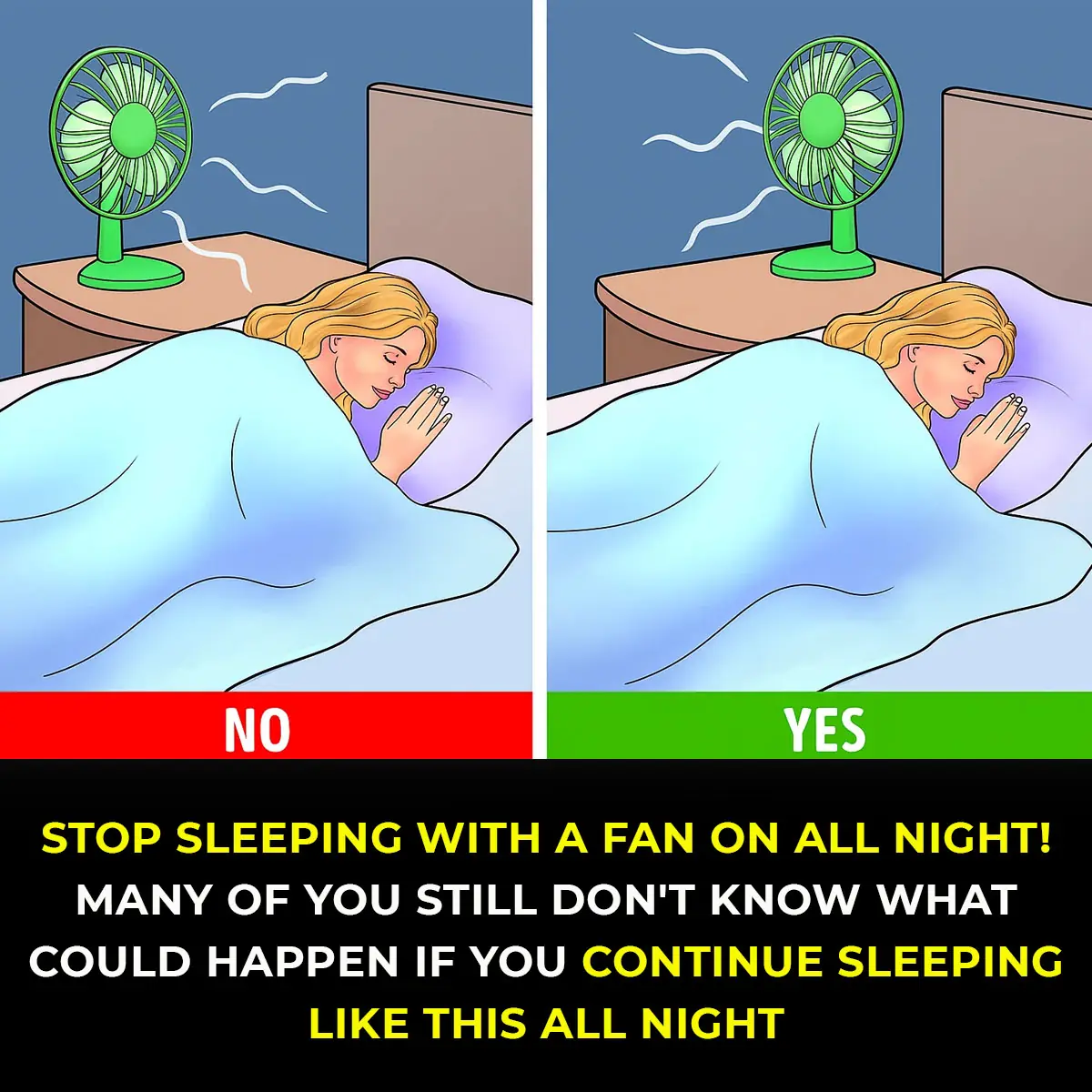
6 Health Benefits of Sleeping In a Cold Room and How to Make it Cooler- And Why You May Not Want to Use a Fan
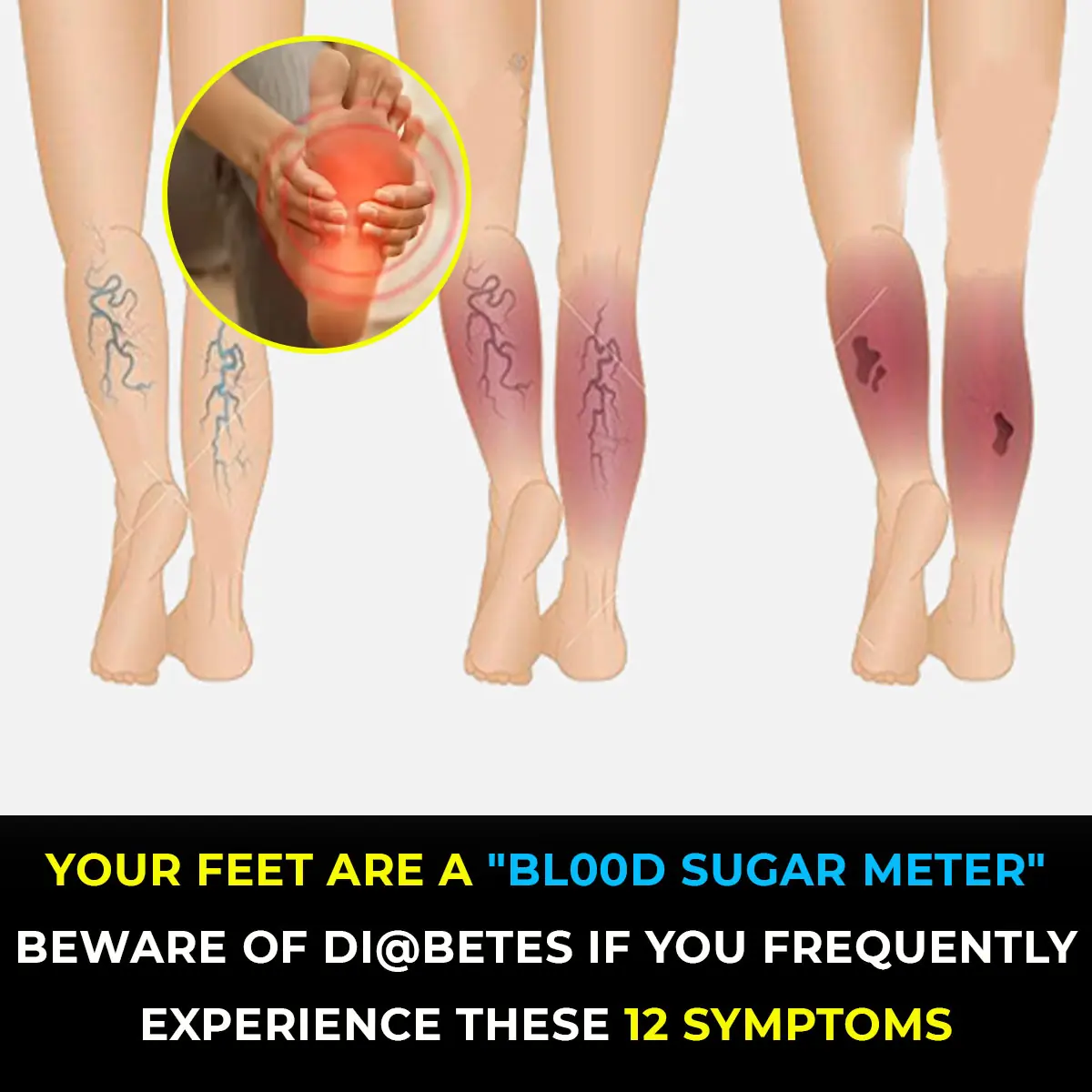
10 Symptoms of Diabetes That May Show Up In Your Feet
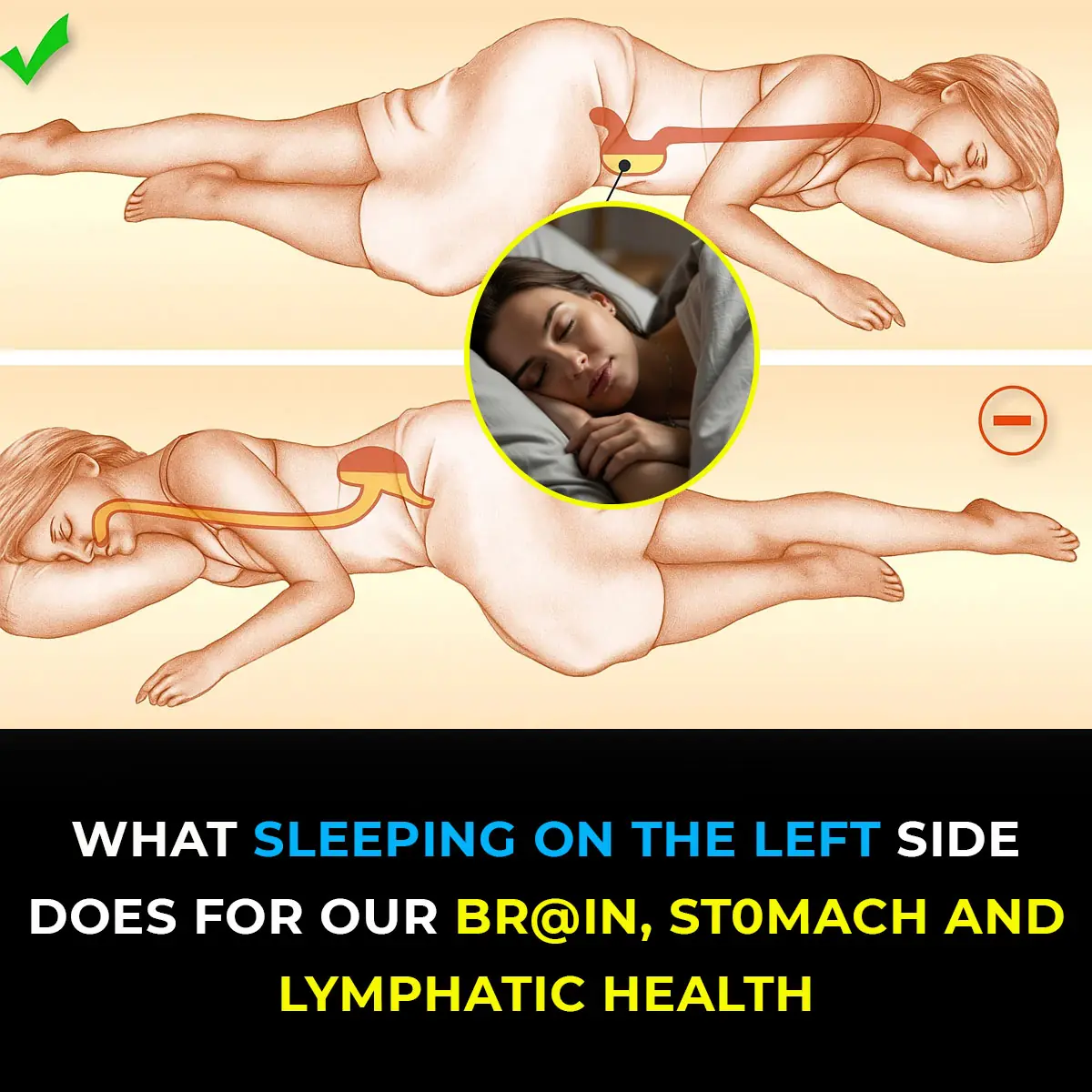
This is what sleeping on the left side does for our brain, stomach & glymphatic health
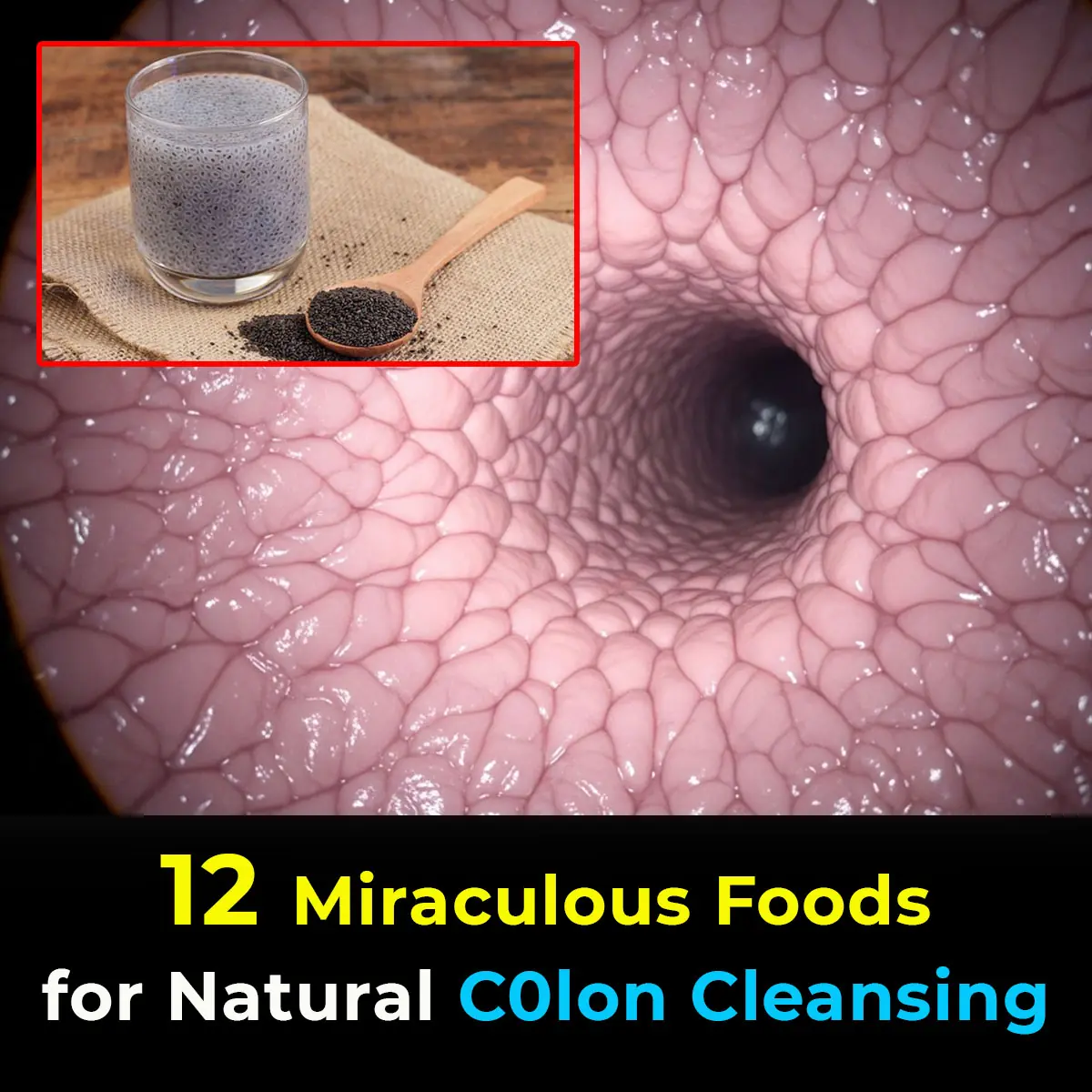
12 Best Foods To Support Digestive and Gut Health
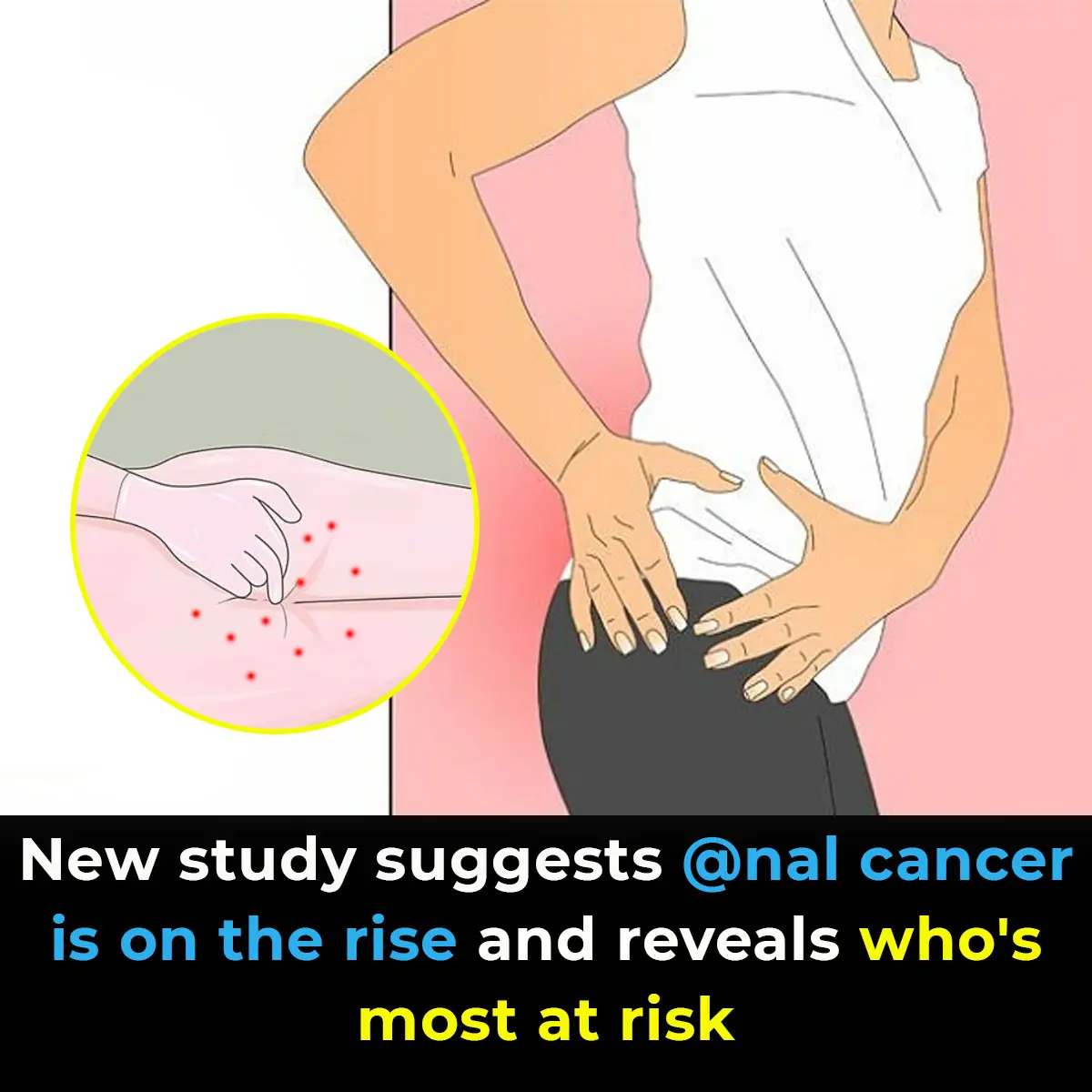
Study suggests anal cancer is on the rise and reveals who’s most at risk

Wife Complains of a Headache, Sleeps, and Dies Without Husband Knowing: This Type of Headache Requires Immediate Hospitalization!
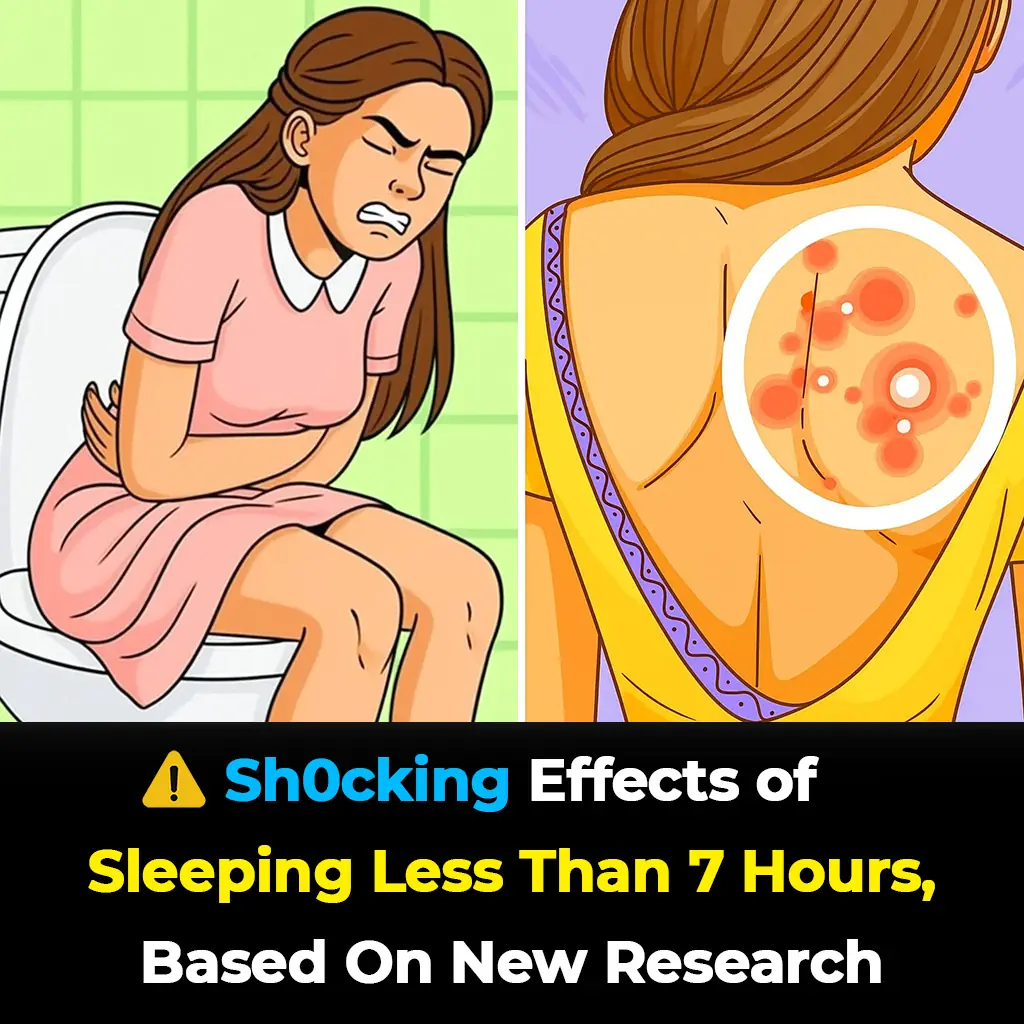
Shocking Effects of Sleeping Less Than 7 Hours — What Really Happens to Your Body
Getting less than seven hours of sleep might feel harmless, but science shows it can quietly damage your body in ways you don’t expect. From hormonal imbalances to skin problems and even digestive issues, sleep deprivation affects far more than just you

Doctors Explain Why You Should Never Hold Back a Fart
On average, every person passes gas 14 to 23 times per day—it’s a natural part of being human and actually shows that your digestive system is functioning properly.
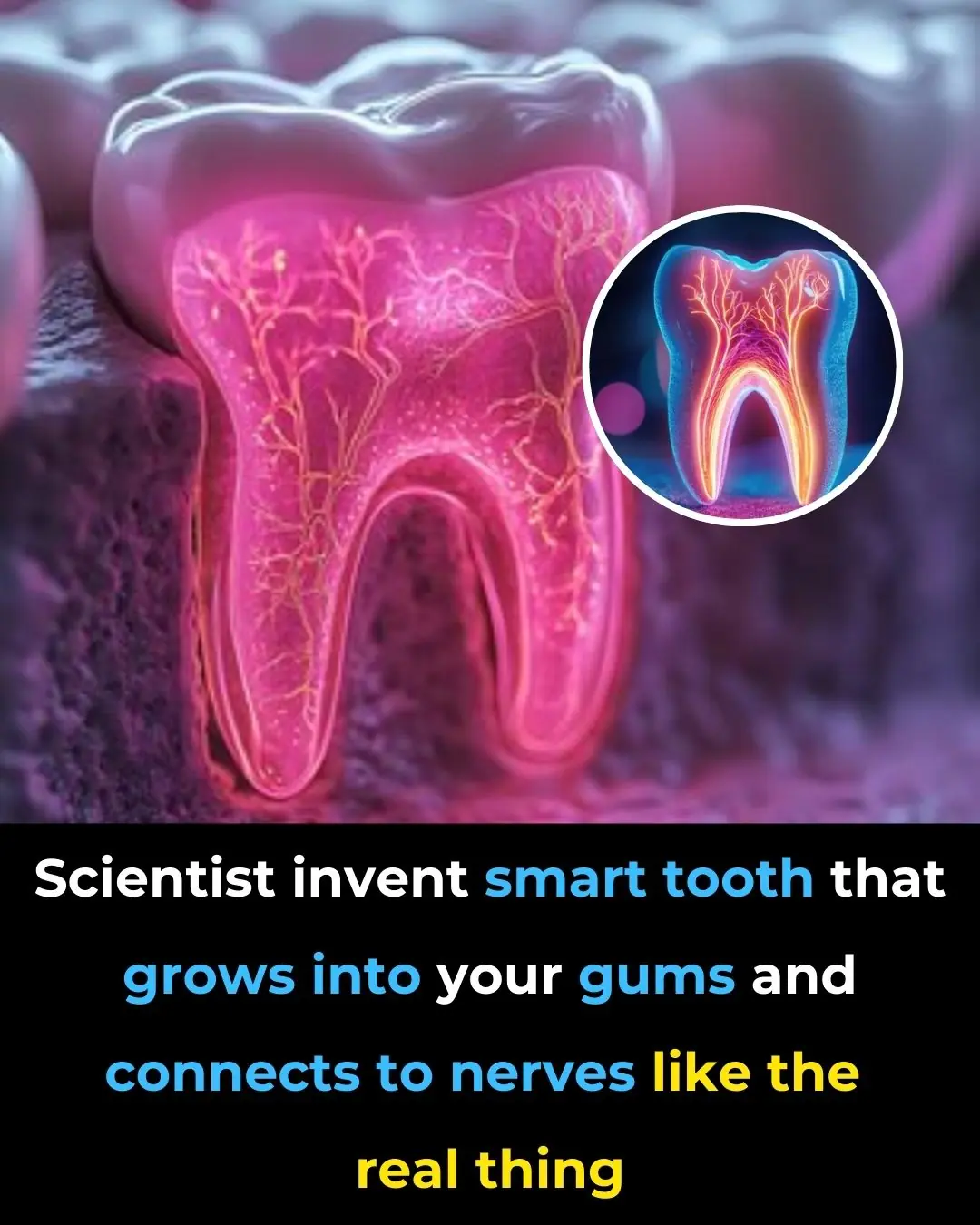
Scientists Invent Smart Tooth That Grows Into Your Gums And Connects To Nerves Like the Real Thing

Scientists Say This New Stem Cell Treatment Could End Type 1 Diabetes for Good
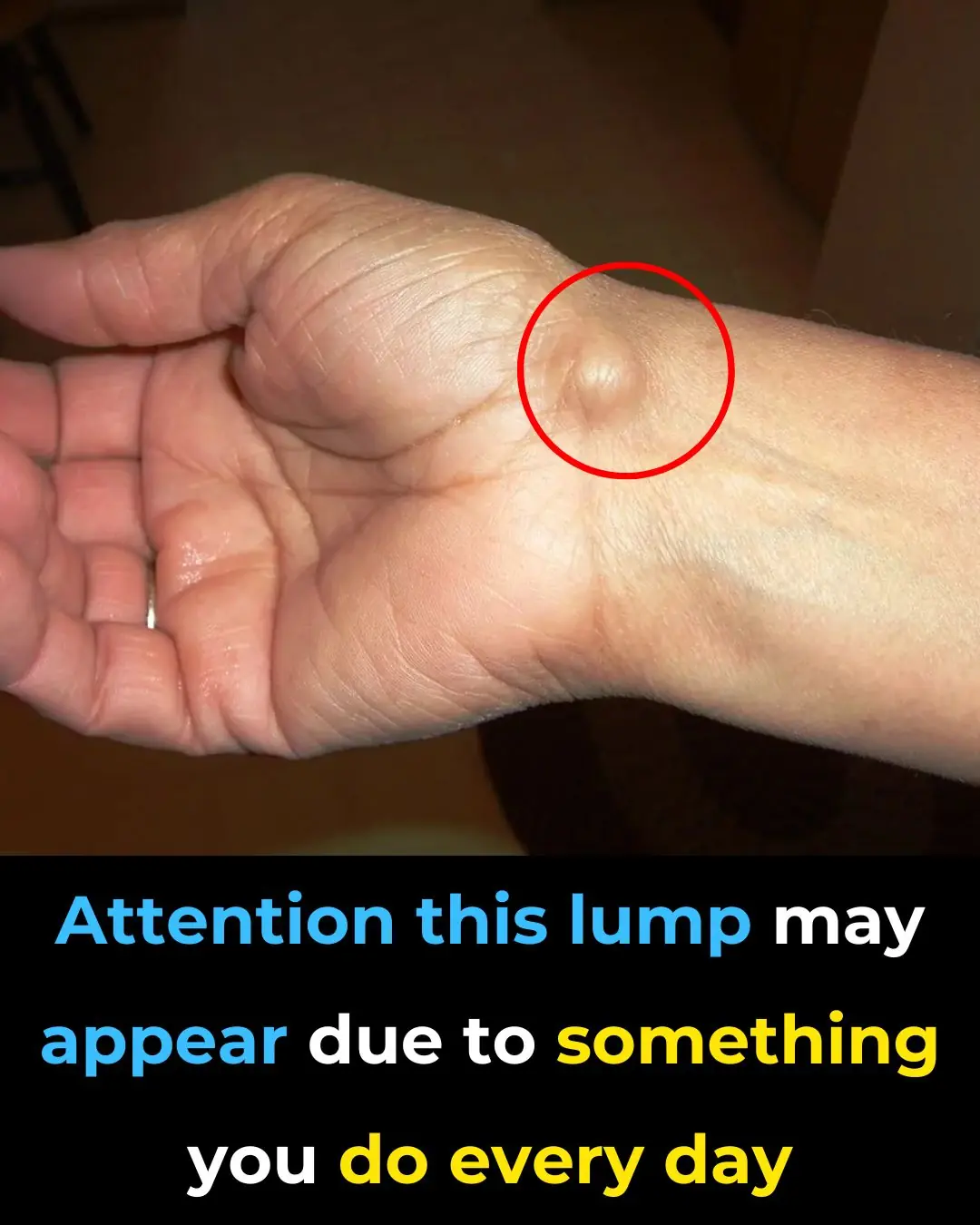
Everyday Habits That Can Cause a This Issue To Your Hands

My Nana’s Homemade Cure for Stubborn Throat Mucus That Works Every Time
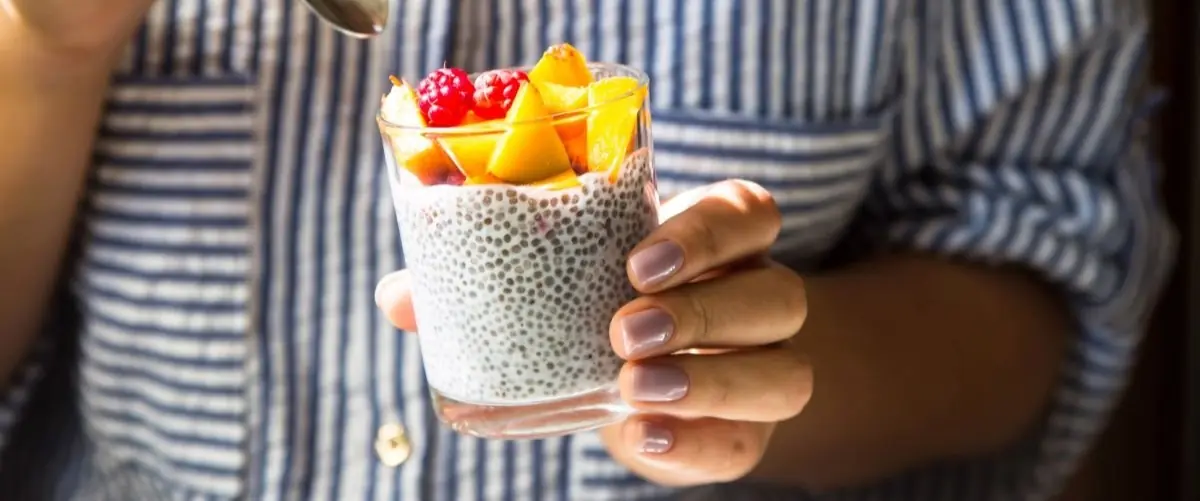
Doctors Are Shocked by What Happens When You Eat Chia Seeds First Thing in the Morning
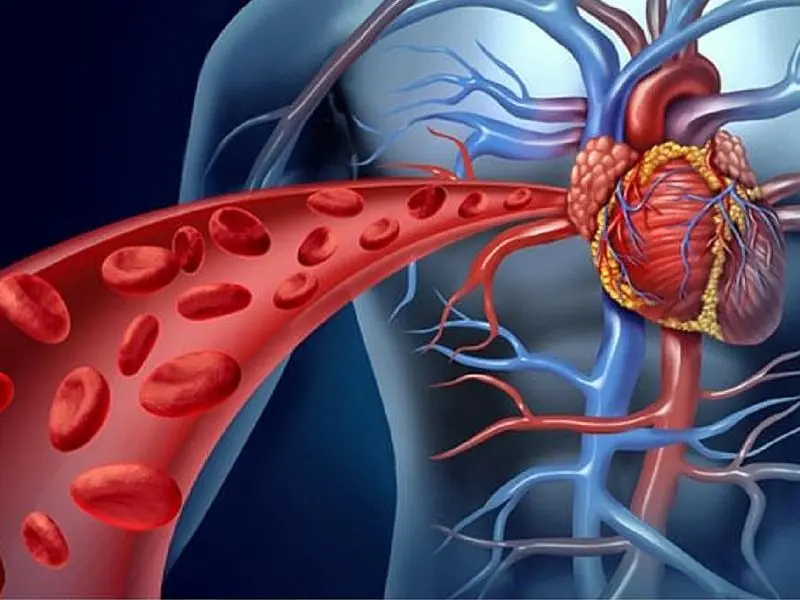
Warning Signs of Poor Blood Circulation That Are Easy to Ignore
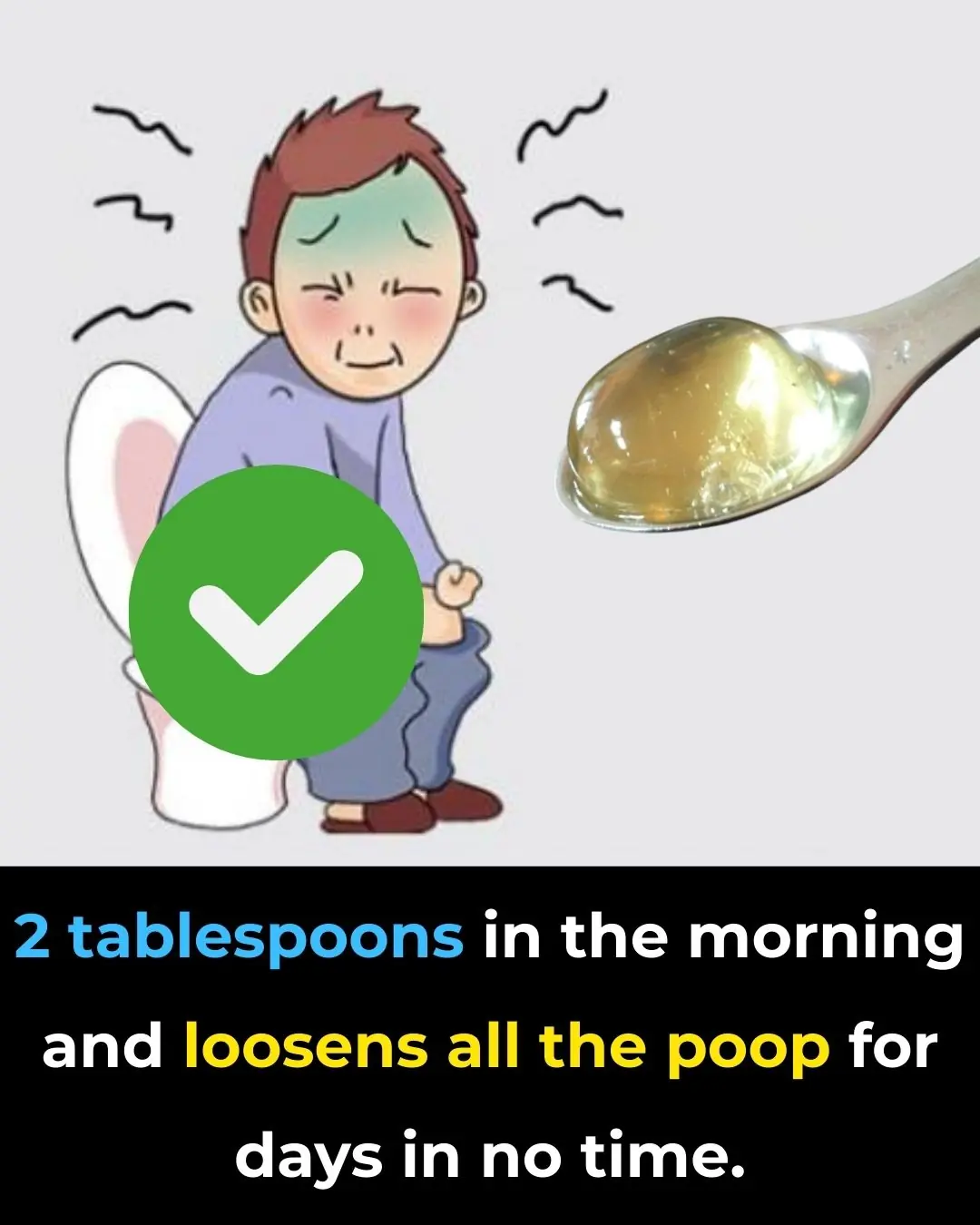
Notice Incredible Results For Your Digestive Problems
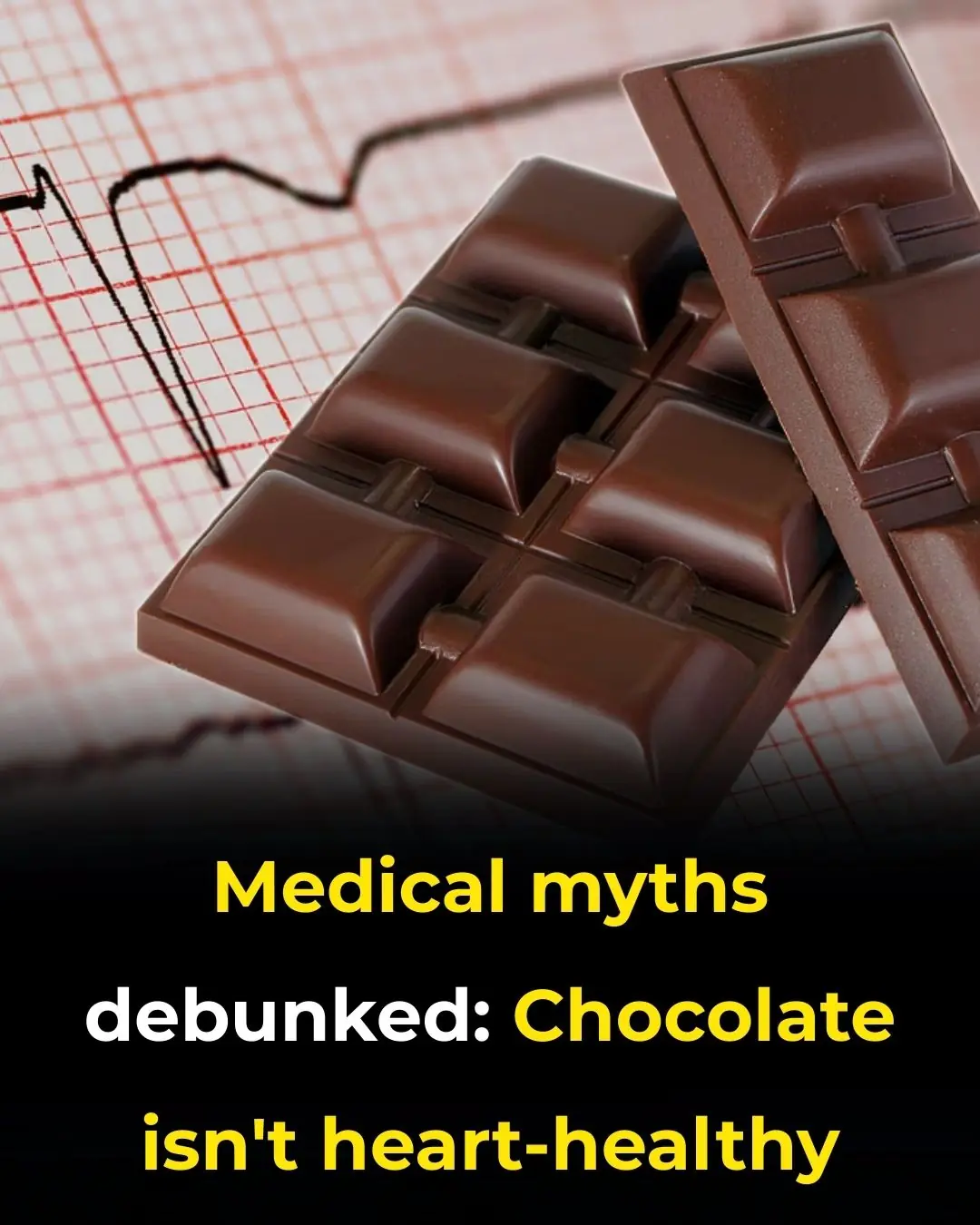
Medical Myths Debunked: Chocolate Isn’t Heart-Healthy
News Post

Medicinal Health Benefits of Garlic (Raw, Supplement) – Science Based

Why You Should Wash Your Face With Apple Cider Vinegar

If Your Feet Swell It Is a Clear Sign

What Your Feet Are Telling You

6 Health Benefits of Sleeping In a Cold Room and How to Make it Cooler- And Why You May Not Want to Use a Fan

The Hidden Meaning Behind Leg-crossing — It’s More Than Just Comfort

10 Symptoms of Diabetes That May Show Up In Your Feet
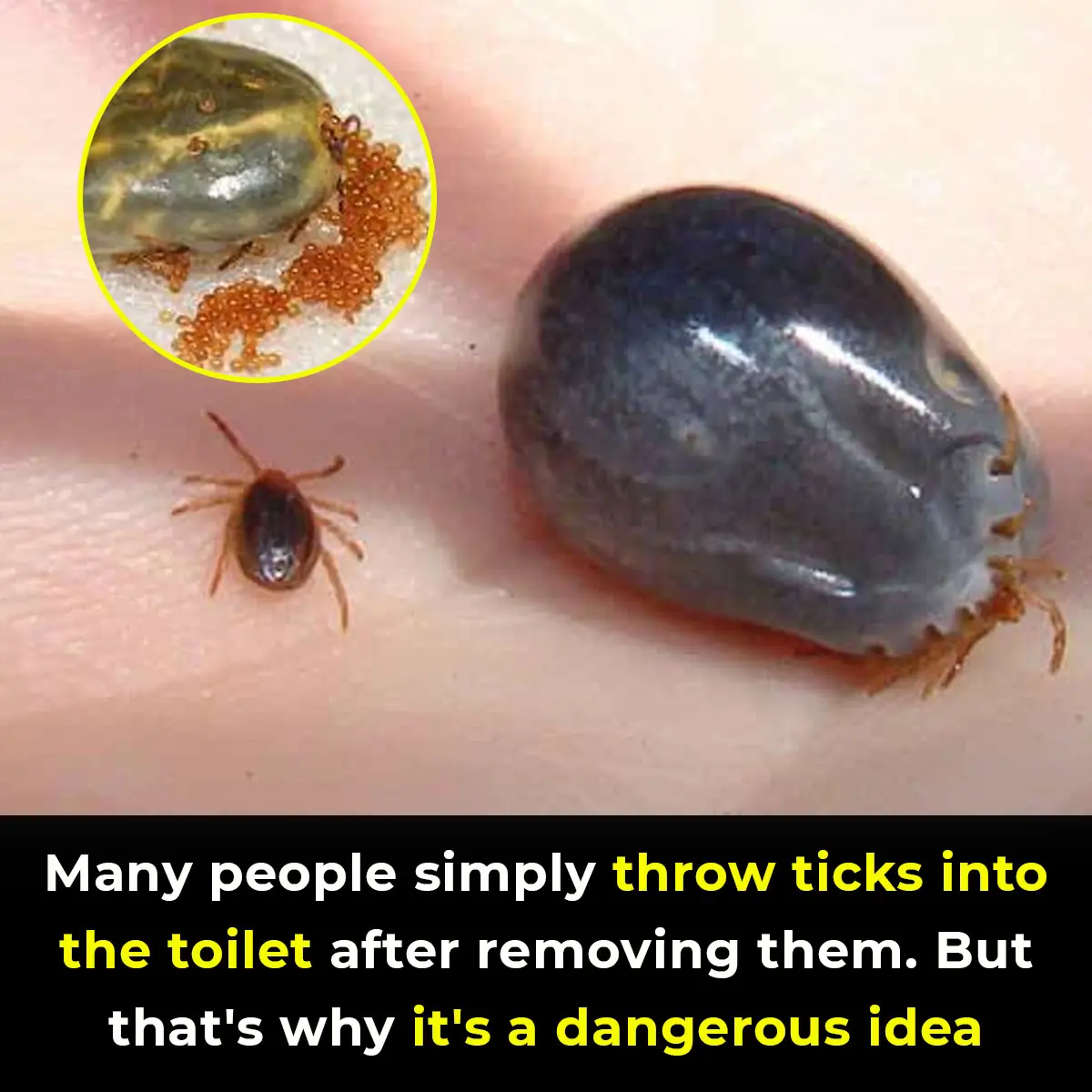
How To Properly Dispose of Ticks

This is what sleeping on the left side does for our brain, stomach & glymphatic health

12 Best Foods To Support Digestive and Gut Health

Study suggests anal cancer is on the rise and reveals who’s most at risk

Wife Complains of a Headache, Sleeps, and Dies Without Husband Knowing: This Type of Headache Requires Immediate Hospitalization!

Why Do You Keep Waking Up Between 3 and 5 A.M.? Causes, Explanations, and What It Means for Your Health
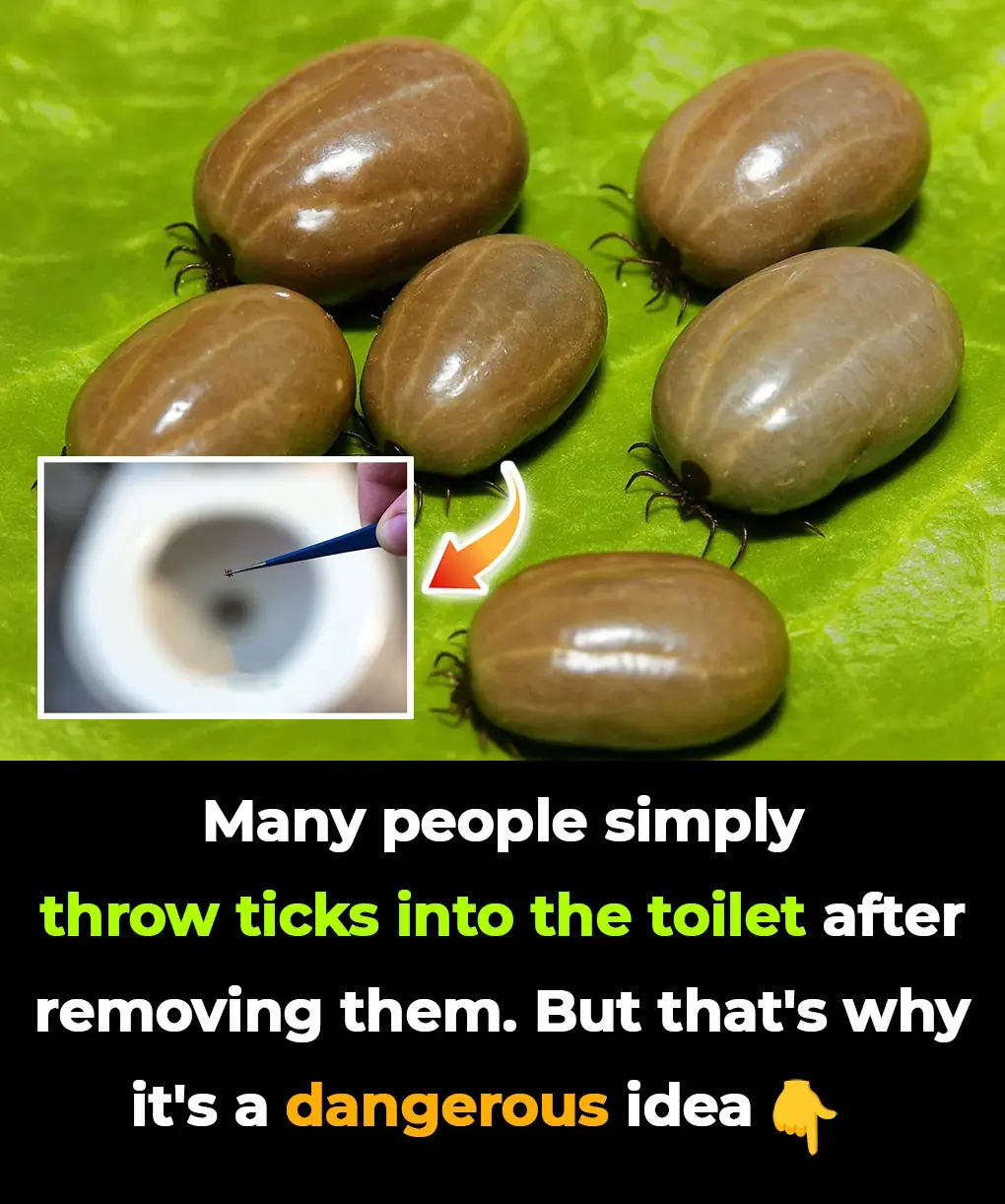
Deadly Secrets of Ticks: How to Remove and Dispose of Them Safely Before They Harm You
Ticks may be small, but their impact on human and pet health can be enormous.

Frankenstein Rabbits With Tentacle-Like Horns Spark Invasion As Rare Virus Causes Monstrous Mutations
Although they may look frightening or pitiful, they remain a natural example of how viruses can drastically alter an animal’s appearance.

Only the Sharpest Eyes Can Find All 6 Hidden Words in This Living Room Challenge
If you love solving puzzles and challenges, this viral hidden words image is just for you!

Shocking Effects of Sleeping Less Than 7 Hours — What Really Happens to Your Body
Getting less than seven hours of sleep might feel harmless, but science shows it can quietly damage your body in ways you don’t expect. From hormonal imbalances to skin problems and even digestive issues, sleep deprivation affects far more than just you
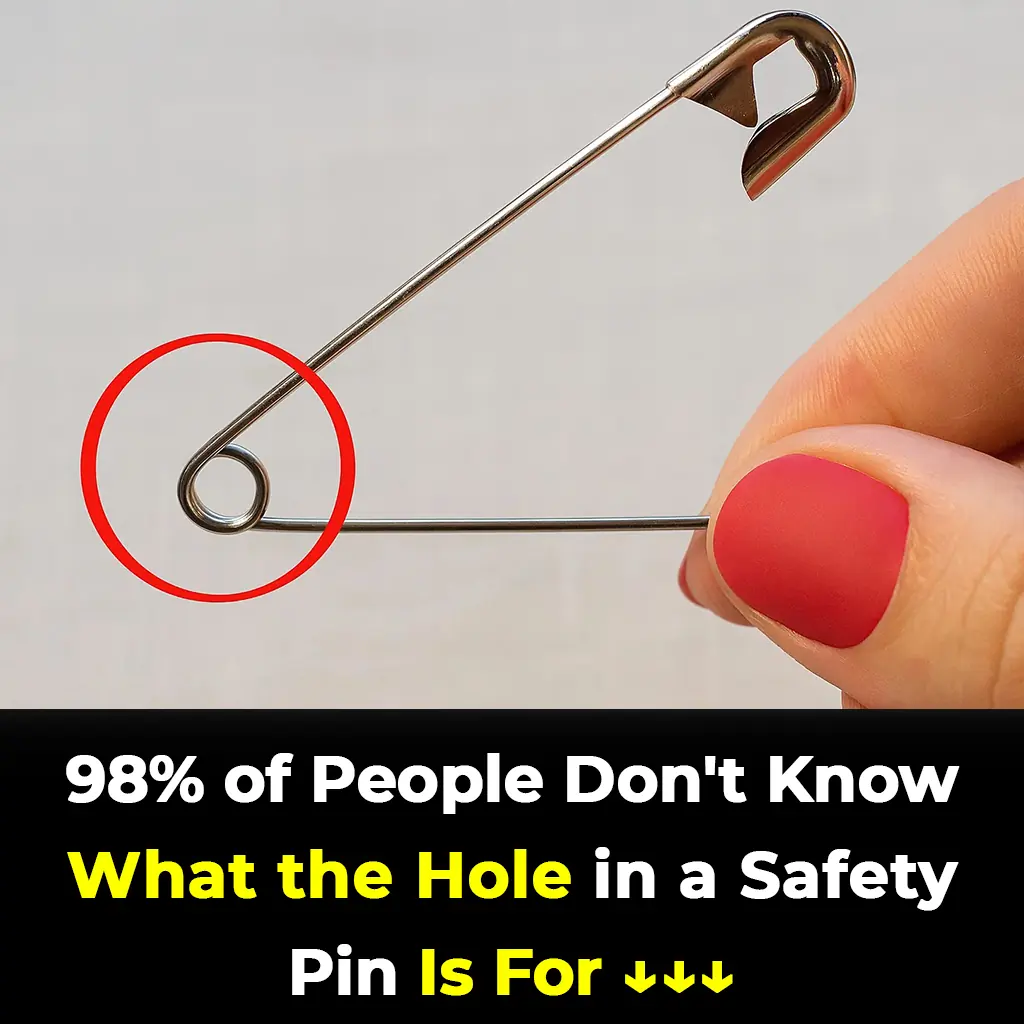
The Hidden Purpose of That Tiny Hole in a Safety Pin Will Surprise You
That tiny hole in a safety pin isn’t just decoration - it’s proof that even the simplest everyday tools can hide smart design secrets.

Doctors Explain Why You Should Never Hold Back a Fart
On average, every person passes gas 14 to 23 times per day—it’s a natural part of being human and actually shows that your digestive system is functioning properly.
